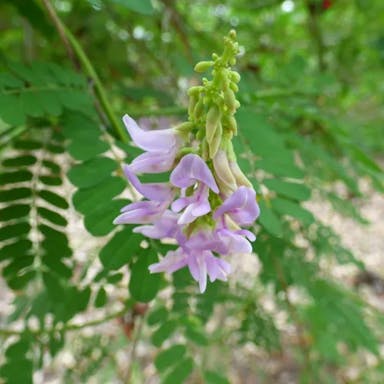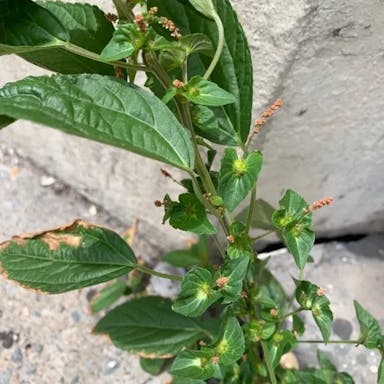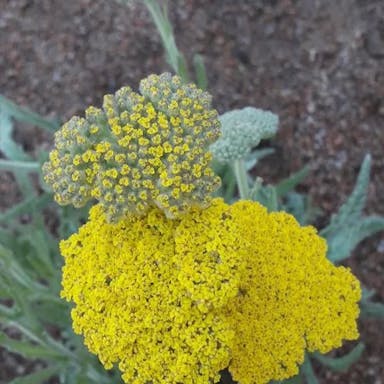Common hornwort, scientifically known as Ceratophyllum demersum, is a submerged aquatic plant that belongs to the family Ceratophyllaceae. Staying underwater, this plant inhabits ponds, lakes, and slow streams in North America, Europe, and Asia. It anchors itself without true roots, having thread-like rhizoids. The leaves seem feathery, for they are highly dissected and arranged in whorls. Their delicate texture is dark green. This hornwort does not flower traditionally. It reproduces by fragmentation as pieces separate and grow into new plants. With potential length up to 1 meter, it is relatively large for an aquatic plant. Considered easy to grow, it often appears in aquariums and water gardens. It absorbs excess nutrients and oxygenates the water. In summary, the submerged, feathery-leaved Ceratophyllum demersum reproduces by fragmentation. Commonly called Common hornwort, it lives in fresh water across three continents. Aquarium owners and water gardeners favor it for its ease of growth and beneficial properties.
0
0












